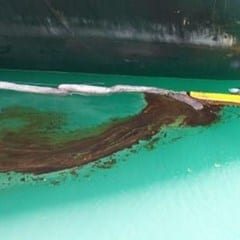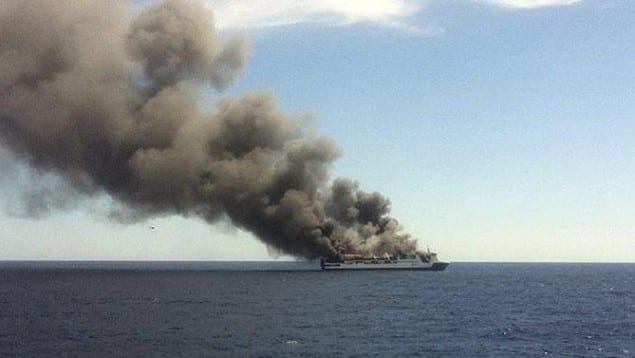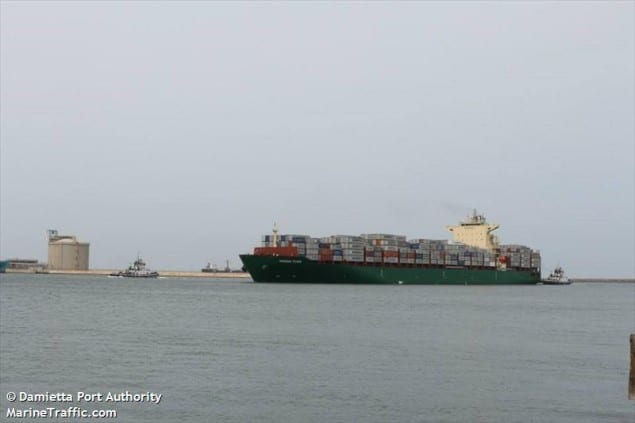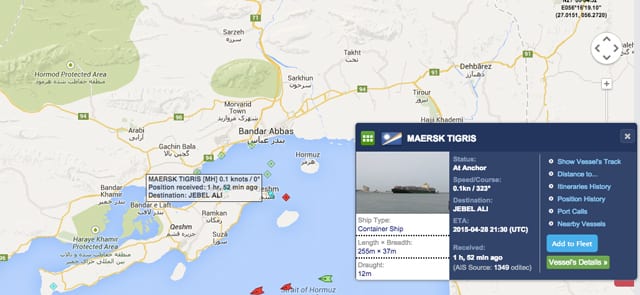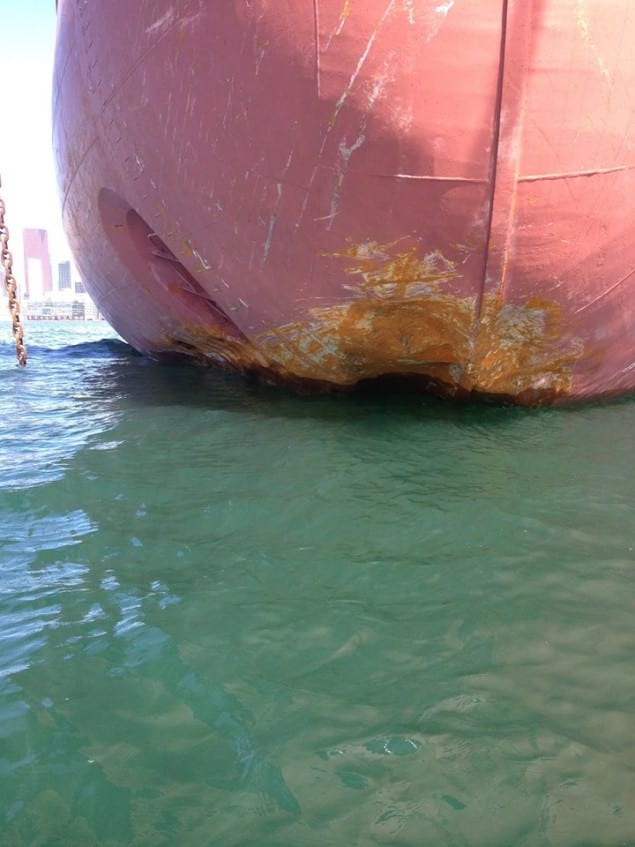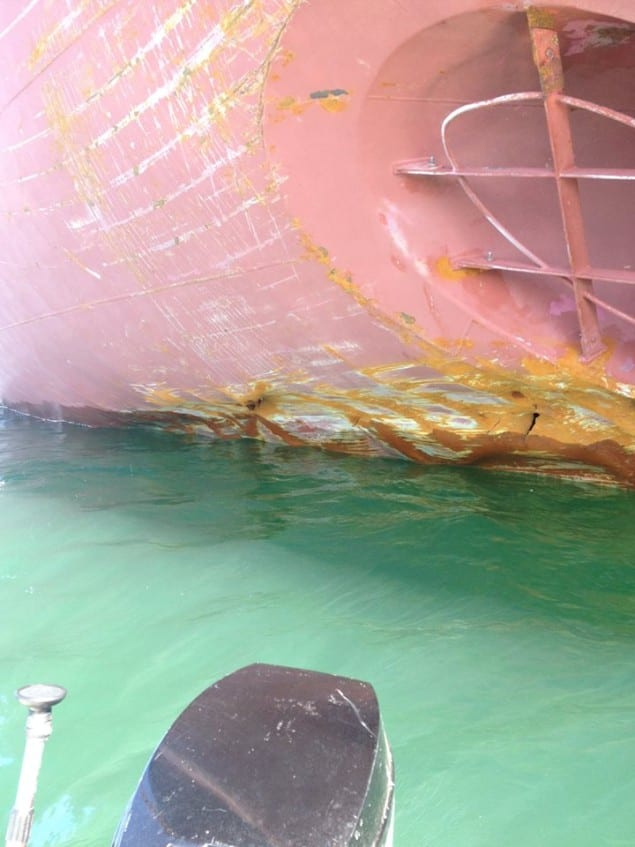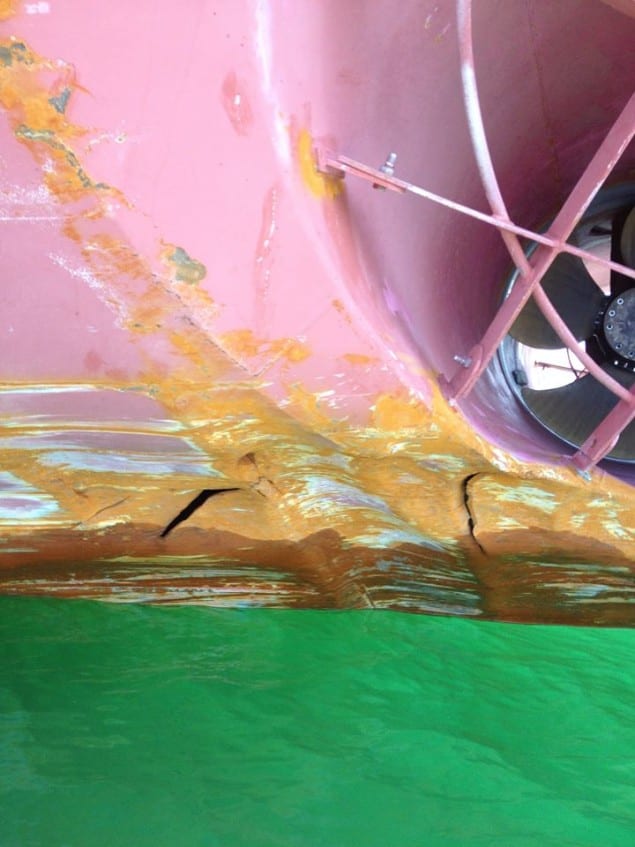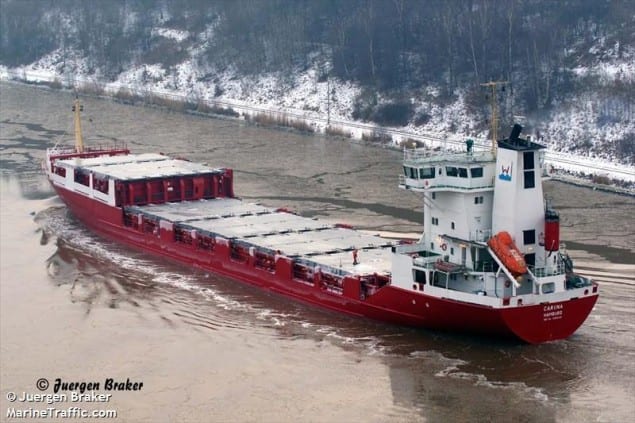Incident occurred April 28, 2015 in Rochester, Thurston County, Washington
The Cessna 170B lost engine power as it flew from Spanaway toward Chehalis and went down around noon in a grassy area near 216th Ave SW, according to the Thurston County Sheriff's Office
The 73-year-old pilot tried emergency procedures to restart the engine, but was unsuccessful and had to set down in the field. Officials say the pilot was alert and conscious but suffering from pain.
He was being taken to Harborview Medical Center in Seattle.
Original article can be found here: http://www.komonews.com















